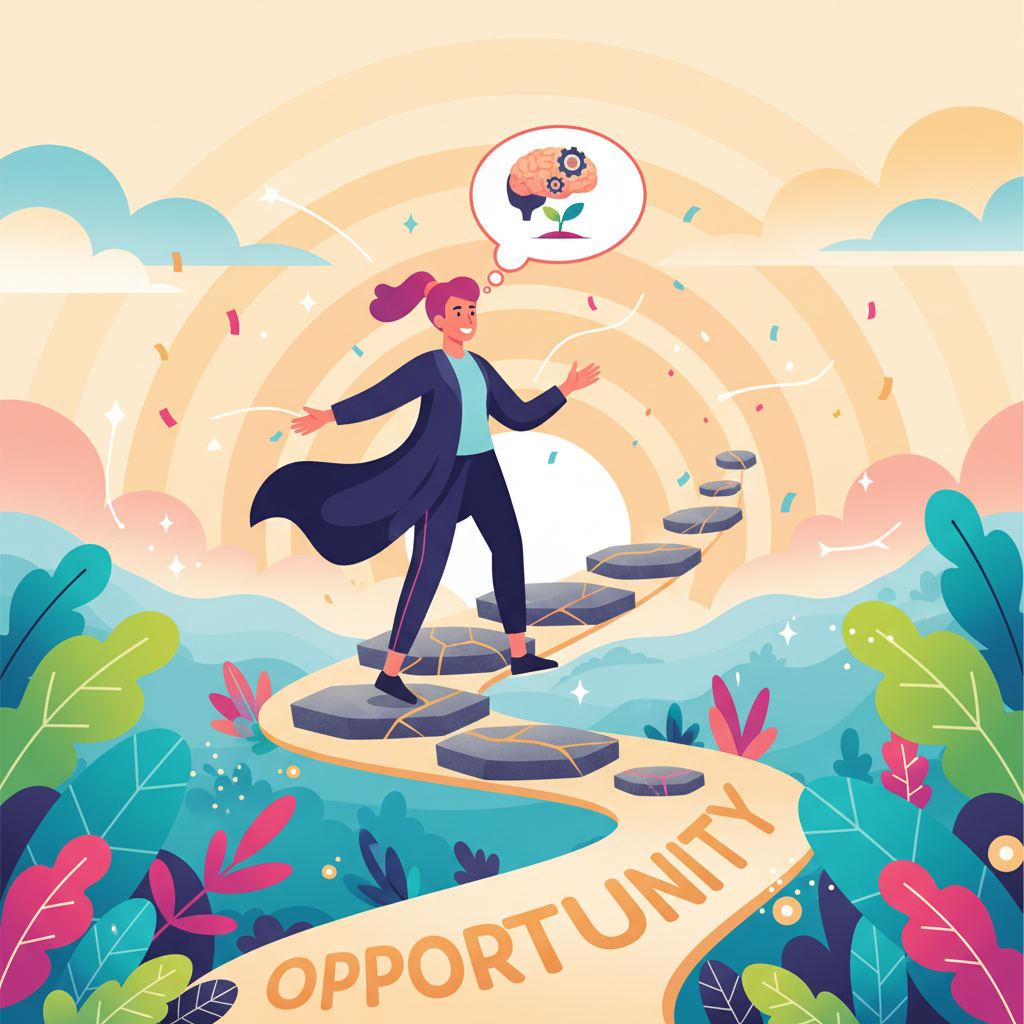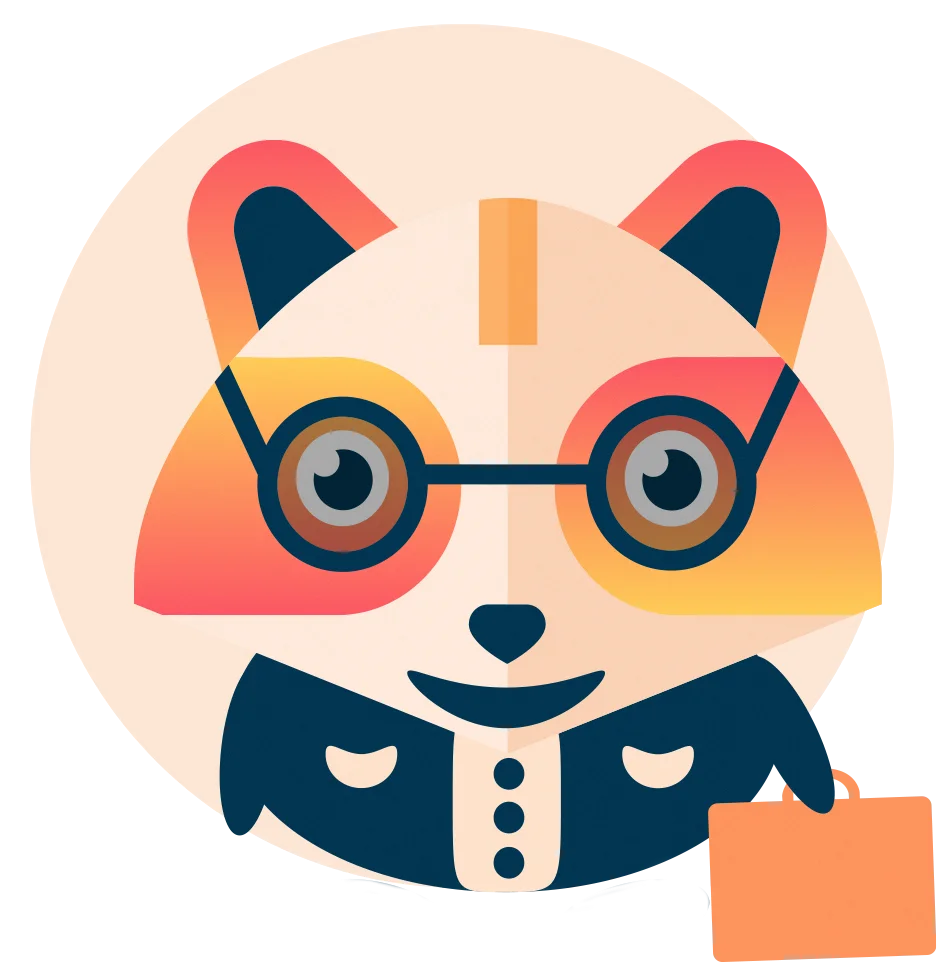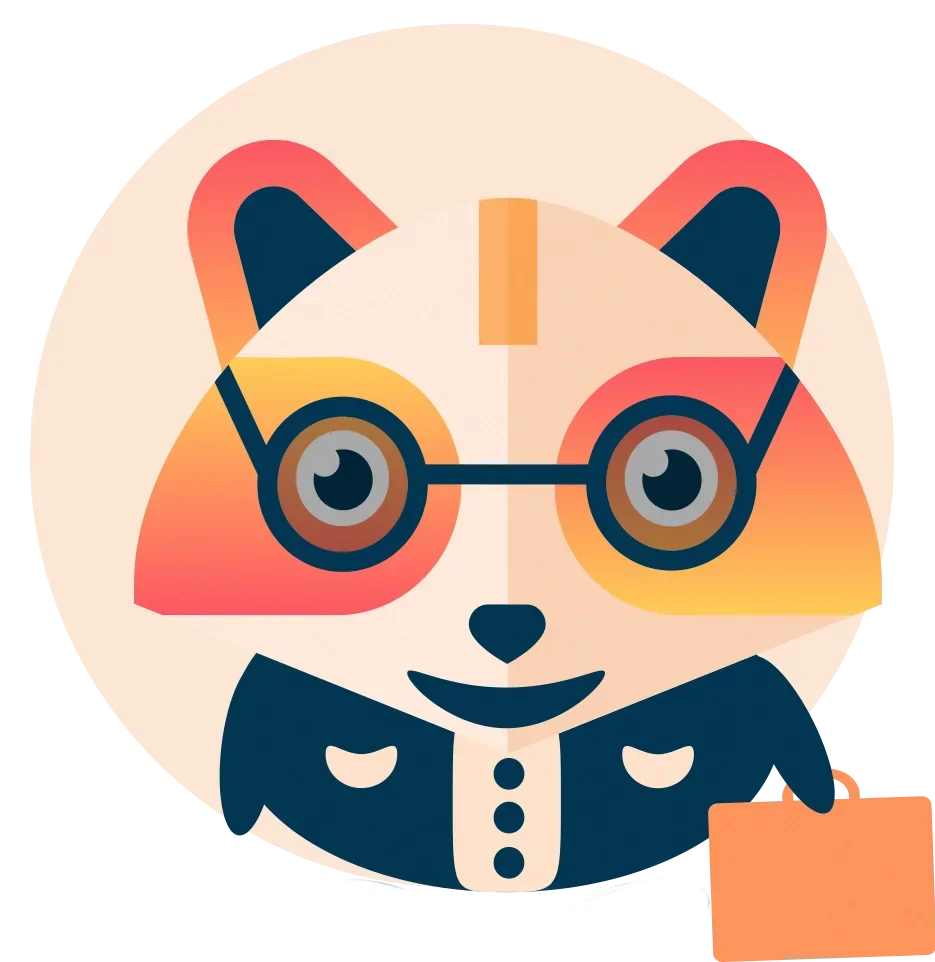Talking About Your Creative Failures: Turning Setbacks into Success Stories (2025 Guide)


Embracing the Art of Failure: How Creative Setbacks Can Fuel Success
Creative failure is not a detour—it’s the main highway to innovation, mastering new skills, and building unshakeable confidence. Whether you’re an emerging professional, a seasoned creative, or a career changer, learning to harness setbacks can lead to your greatest breakthroughs.
But how do you actually turn your stories of failure into compelling narratives for interviews, resumes, or personal growth? This definitive 2025 guide breaks down the myth of perfection, reveals practical techniques for reframing setbacks, and shows how platforms like Huru.ai can help you turn tough moments into powerful successes.
The Myth of Perfection in Creativity: Breaking Down the Stigma of Failure
Society often treats failure as a red mark, something to be hidden or overcome as quickly as possible. Yet, in the creative world—and especially in high-stakes job interviews—showing how you’ve learned from missteps can be a sign of wisdom and resilience.
Perfectionism stifles growth. The most admired creatives and top professionals consistently report learning more from their mistakes than their successes.
Key benefits of embracing creative failure:
- 🔍 Insightful Reflection: Failure exposes gaps in knowledge and inspires fresh approaches.
- 🚀 Accelerated Growth: Mistakes push you outside your comfort zone, where the most rapid learning happens.
- 💡 Authenticity: Discussing failures makes your narrative relatable—and memorable—in interviews.
The Power of Failure in Creative Growth: Learning from Mistakes
Great creatives—think J.K. Rowling, Steve Jobs, Oprah Winfrey—faced major rejections and setbacks, yet turned these moments into launching pads for innovation.
When you articulate your creative failures in job interviews, it’s less about the mistakes and more about what you did next. Employers want to see you adapt, learn, and thrive.
- 📚 Example: J.K. Rowling’s Harry Potter manuscript was rejected 12 times, but she persisted, refined her pitch, and made publishing history.
- 🛠️ Actionable Tip: After a setback, write down three things you learned and one action you can take to improve next time.
Turning Failures into Success Stories: Crafting Your Own Success Narrative
Transform your past failures into compelling narratives that captivate interviewers and hiring managers. The key is to focus on the journey—what happened, how you responded, and the concrete results that followed.
Structure for a powerful failure-to-success story:
- Set the Stage: Briefly describe the context and the challenge.
- The Setback: Be honest about what went wrong—no sugarcoating.
- Your Response: Highlight your thought process and the actions you took.
- The Turnaround: Share the results and what you learned.
✅ Real-Life Example: A marketing professional shares how a failed campaign led them to experiment with new channels. The next attempt succeeded, doubling their client’s engagement rate.

Implementing a Growth Mindset: Embracing Challenges as Opportunities
Psychologist Carol Dweck’s research on growth mindset shows that those who believe abilities can be developed through dedication and hard work are far more likely to rebound from setbacks and achieve lasting success.
How to Cultivate a Growth Mindset:
- 🧠 Reframe Setbacks: View every failure as a data point for future growth.
- 🎯 Celebrate Effort: Value the process and practice, not just flawless outcomes.
- 📈 Set Learning Goals: Focus on learning something new rather than just succeeding.
Overcoming Fear of Failure: Redefining Success Beyond Recognition
Fear of failure often keeps us stuck. Yet, the most resilient professionals know that success goes far deeper than external validation—it’s about growth, learning, and alignment with your values.
Strategies to Overcome Fear:
- 🌟 Practice Self-Compassion: Be gentle with yourself after setbacks.
- 📋 Reflect Regularly: Keep a journal documenting what you learned from challenging experiences.
- 💬 Seek Honest Feedback: Use feedback platforms like Huru.ai for objective, constructive input.
Leveraging Failure in Business and Marketing: Building Credibility Through Authenticity
In today’s transparent job market, sharing your failures doesn’t weaken your professional brand—it strengthens it. Audiences and employers value vulnerability and resilience.
Consider these real-world examples:
- 🗣️ Leverage Your Setback: Share a failure on LinkedIn, highlighting what you learned—this attracts genuine engagement.
- 💼 Case Study: Companies like Airbnb and Dyson have openly discussed early failures, using them as proof of perseverance and innovation.
💡 Key Takeaway
Every creative failure is a seed for your next big success. By learning to discuss setbacks honestly and proactively—especially in interviews—you become not only more employable, but also more resilient, innovative, and influential in your field.
Video: How to Learn from Failure and Build Growth Mindset
Conclusion: Your Setbacks Are Your Springboard
The next time you’re asked about failure in an interview or self-assessment, remember: your story isn’t about the fall—it’s about the leap you took after getting back up. Embrace your creative failures, turn them into learning moments, and let Huru.ai’s feedback guide you to your next win.
Your action step: Practice your most challenging interview stories on Huru.ai today and receive real feedback—no judgment, just growth.
✍️ About the Author
Elias Oconnor is a content writer at Huru.ai, specializing in career tech, interview mastery, and workplace growth. Elias is passionate about helping job seekers transform their setbacks into stepping stones—and believes that storytelling is the secret to confidence and impact.


 Jun 29,2024
Jun 29,2024  By Elias Oconnor
By Elias Oconnor